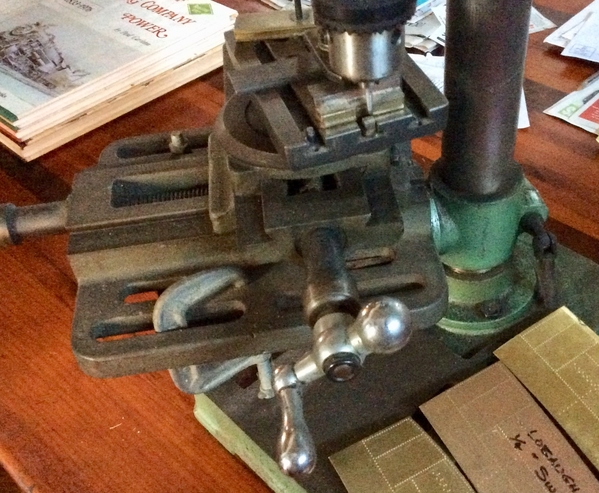Dear Friends,
Finally I brought my first car project on the way. I wanted to do a UP O-50-6 tank car and since there is no kit or finished model out there, I decided to convert a Red Caboose 10.000 gal. ready to run car.

Since overall dimensions seemd acceptable, I checked out some prototype photos only to find out that they're maybe not THAT similar.

The Red Caboose car comes totally without rivets, also there is only one holding strap instead of two. The ladder is shorter and the underframe totally different. I gave it a try and stripped the model of all small parts. A Dremel helped getting rid of the single strap while I salvaged the turn buckles and stole four more from a second kit. Tichy Train Group buckles were quickly ordered for that second car.
Clearly I would have to make compromises. I decided to be O.K. with that underframe and tried to focus on more distinctive features. Bill Davis of American Scale Models has the National B-1 trucks. I stripped the Texaco car with brake cleaner, paint came off nicely.
The rivets gave me a hard time, I had to make myself familiar with the NWSL Riveter tool. It's a nice tool but the table is a bit short for O scale. Also I had to tighten the retaining ring on the thread before the table stopped bouncing. Now it can be used in both directions alike.

Making the rivets was not the funniest thing in my life but finally I got the hang of it.

O.K. it's a strip. I found Evergreen .010" sheet material worked fine. Thinner and the rivets would break out. Cutting styrene was also challenging, it has a tendency to be not square when I do that. o_O

But after styrene there came brass. So hard to cut a straight line with sheet scissors. How do you guys cut brass? A tiny belt saw would possibly work, any ideas? Finally I had 10 brackets done and the railing could come on. Oh, I was so proud ... only to discover that the dome of the UP car should be much lower.

With a heavy heart I razor-sawed off the turret and trimmed it to size. Not so smart with all the grab irons installed. But it worked out!

Car is getting ready for paint shop. I'll have to finish my spray booth first.
Since this is my first car (virtually the first car that is out of its box for more than just a quick inspection) I am very interested in your comments and thoughts. Your suggestions are highly welcome.












































